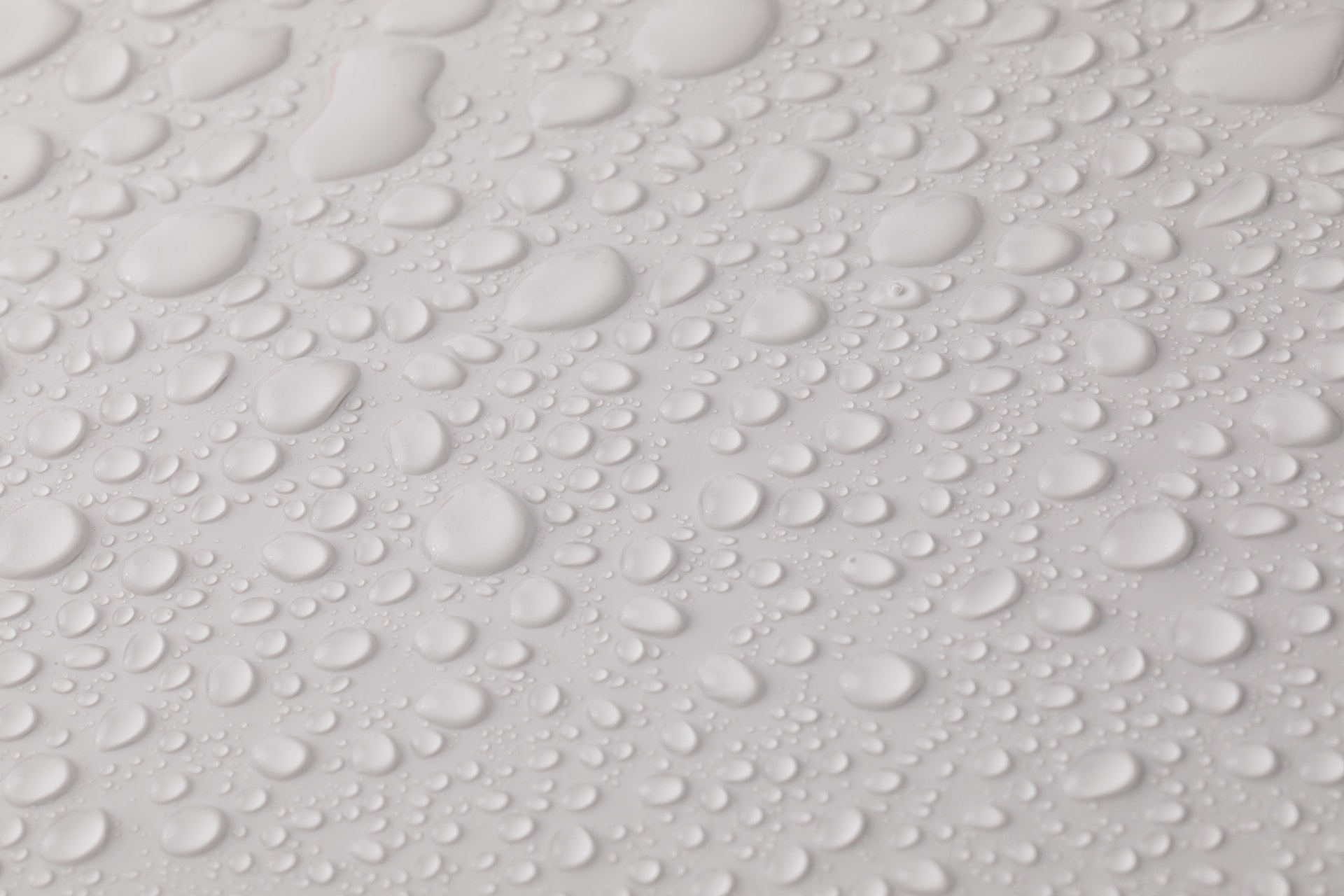Water leaks can be a homeowner’s worst nightmare. Not only can they cause substantial damage to your property, but they can also lead to high water bills and potential health hazards like mold. Therefore, taking preventive measures to minimize the risk of water leakage is crucial.
Table of Contents
Common causes of water leaks
Understanding the common causes of water leaks can help you take appropriate preventive measures. Some of the most common culprits include deteriorated seals around windows or doors, broken or cracked pipes, faulty or worn-out appliances, roof damage, and basement leaks. Conditions like severe weather, old plumbing systems, or improper appliance installation can exacerbate the risk.
Preventive measures for water leaks
To safeguard your home from potential water leaks, consider implementing these preventive strategies:
Regular inspection and maintenance of plumbing systems
Conduct regular inspections of your home’s plumbing system. Look out for signs of corrosion, cracks, or leaks. Regular maintenance like replacing old pipes and fittings can greatly reduce the chances of unexpected leaks.
Proper installation of appliances and fixtures
Ensure appliances and fixtures that use water, such as washing machines, dishwashers, showers, and toilets, are correctly installed and maintained. Faulty installations can lead to slow leaks that, over time, can cause considerable damage.
Usage of water leak detectors
Invest in water leak detectors. These devices can detect leaks or increased humidity and alert you early, preventing minor issues from becoming significant problems.
Maintenance of home exterior, roof, and basement
Regularly inspect and maintain the exterior of your home, especially the roof and basement. Ensure your roof is in good condition and your basement is properly sealed to prevent water seepage.
Early signs of water leaks
Detecting water leaks early can save you a lot of hassle and money. Some signs of potential leaks include unusually high water bills, damp spots or mold on walls, ceilings, or floors, a persistent musty smell, or the sound of running water when all fixtures are off.
What to do when a leak occurs
If a leak occurs, the first step is to stop the flow of water by shutting off the water source or the main water supply. Next, try to identify the source of the leak. For small, easily accessible leaks, you may be able to make temporary repairs. However, for major leaks or those that are hard to locate, it’s best to call in professionals.
Long-term solutions for preventing water leaks
Beyond immediate prevention and response, consider long-term solutions to minimize the risk of water leaks. This could involve upgrading your home’s plumbing system, particularly if it’s old or uses outdated materials. New technology, like smart water monitors, can provide real-time data about your water usage and detect leaks early.
Conclusion
In conclusion, water leaks can cause significant damage to your home, but they are largely preventable. By understanding common causes, taking preventive measures, watching for early signs of leaks, and knowing how to respond when leaks occur, you can protect your property and peace of mind. Remember, in matters of home maintenance, an ounce of prevention is worth a pound of cure.






